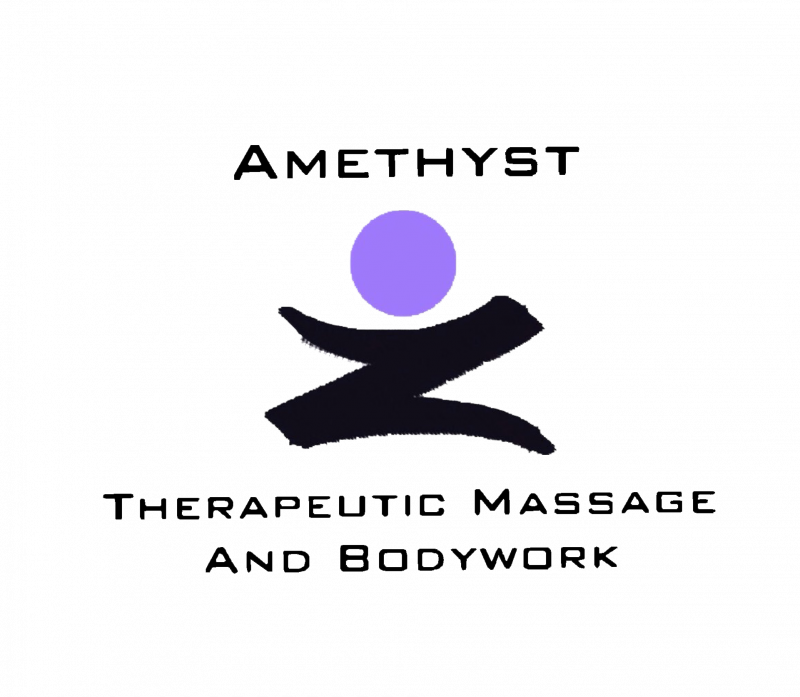
Services & Rates
Therapeutic Massage
Therapeutic Massage encompasses a wide variety of techniques that have physiological effects such as lowering blood pressure and heart rate, increasing blood and lymphatic flow, increase flexibility, decrease pain, or even help digestive discomfort...just to name a few. Psychological effects may also occur as symptoms of depression, stress, and anxiety decrease. There are techniques or "tools" that a massage therapist may use to help you achieve your goal, whether it's preparation or recovery from an athletic event, release of scar tissue restriction, address soft tissue restriction and imbalances, or promote relaxation and decrease symptoms of anxiety and stress. Just as you would choose an auto mechanic...the sign of a good massage therapist is one who can correctly make a thorough and global assessment, then know how to use the right tool with the greatest precision to get the best results.
Myofascial Release
Myofascial release is a form of soft tissue therapy intended to eliminate pain, increase range of motion, and rebalance the entire body. It does this by using massage techniques to stretch the fascia and release the bonds that exist between the fascia, muscles and bones. Fascia is the connective tissue that connects and covers all muscles, organs, and skeletal structures of the body. Direct myofascial release is sometimes known as deep tissue work. Indirect release applies light pressure and gently stretches the fascia; this allows for increased blood circulation and relief from pain.
Total Body Balancing
"Total Body Balancing (TBB) uses long levers (arms, legs, head/neck or torso) and rhythmic mobilization to release tension in the muscles, fascia, joint capsules and ligaments to improve circulation, nerve, and energy flow. This helps to normalize sympathetic and parasympathetic neurological activity while the use of long levers maximizes effect with less effort on behalf of the practitioner. This long lever approach of rhythmic mobilization influences all systems of the body including the lymphatic, the visceral and the craniosacral, myofascial and musculoskeletal systems and serves as an overall support and integration for specific treatment. This is called a maximal approach and treats the body as a whole."
Dr. Kerry D'Ambrogio, D.O.M., A.P., P.T., D.O.-M.T.P
CranioSacral
**CranioSacral Therapy (CST) was pioneered and developed by osteopathic physician John E. Upledger following extensive scientific studies from 1975 to 1983 at Michigan State University, where he served as a clinical researcher and Professor of Biomechanics.
CST is a gentle, hands-on method of evaluating and enhancing the functioning of a physiological body system called the craniosacral system - comprised of the membranes and cerebrospinal fluid that surround and protect the brain and spinal cord.
Using a soft touch generally no greater than 5 grams, or about the weight of a nickel, practitioners release restrictions in the craniosacral system to improve the functioning of the central nervous system.
By complementing the body's natural healing processes, CST is increasingly used as a preventive health measure for its ability to bolster resistance to disease, and is effective for a wide range of medical problems associated with pain and dysfunction, including:
- Migraine Headaches
- Chronic Neck and Back Pain
- Motor-Coordination Impairments
- Colic
- Autism
- Central Nervous System Disorders
- Orthopedic Problems
- Concussions and Traumatic Brain Injuries
- Alzheimer's Disease and Dementia
- Spinal Cord Injuries
- Scoliosis
- Infantile Disorders
- Learning Disabilities
- Chronic Fatigue
- Emotional Difficulties
- Stress and Tension-Related Problems
- Fibromyalgia and other Connective-Tissue Disorders
- Temporomandibular Joint Syndrome (TMJ)
- Neurovascular or Immune Disorders
- Post-Traumatic Stress Disorder
- Post-Surgical Dysfunction
**As described by The Upledger Institute
Visceral Manipulation
**"Viscera" relates to the internal organs of the body, such as the liver, kidneys and intestines. Visceral Manipulation is a gentle manual therapy that aids your body's ability to release restrictions and unhealthy compensations that cause pain and dysfunction. Visceral Manipulation, or VM, does not focus solely on the site of pain or dysfunction, but assesses the entire body to find the source of the problem. The VM therapist feels for altered or decreased motion within the viscera, as well as restrictive patterns throughout the body and then applies VM techniques. VM therapy re-establishes the body's ability to adapt and restore itself to health.
Visceral Manipulation can benefit:
- Chronic musculoskeletal pain
- Headaches and Migraines
- Sciatica
- Back, hip and knee pain
- Repetitive strain injuries, e.g. Carpal Tunnel Syndrome
- Whiplash and other physical trauma
- Shoulder periarthritis and capsulitis
- Restricted range of motion
- Vertigo
- Post-surgical pain and Scar tissue
- Post-cardiac surgery
- Swallowing difficulties
- Acid Reflux and Heartburn
- Women's health issues
- Endometriosis
- Fibroids and Cysts
- Bladder incontinence
- Crohn's Disease
- Liver disorders
- Digestive disorders
- Pediatrics issues
- Neuromotor problems
- Ward off infection
- Emotional disorders
- Anxiety and Depression
- Post Tramatic Stress Disorder
- and much more
**As described by The Barral Institute